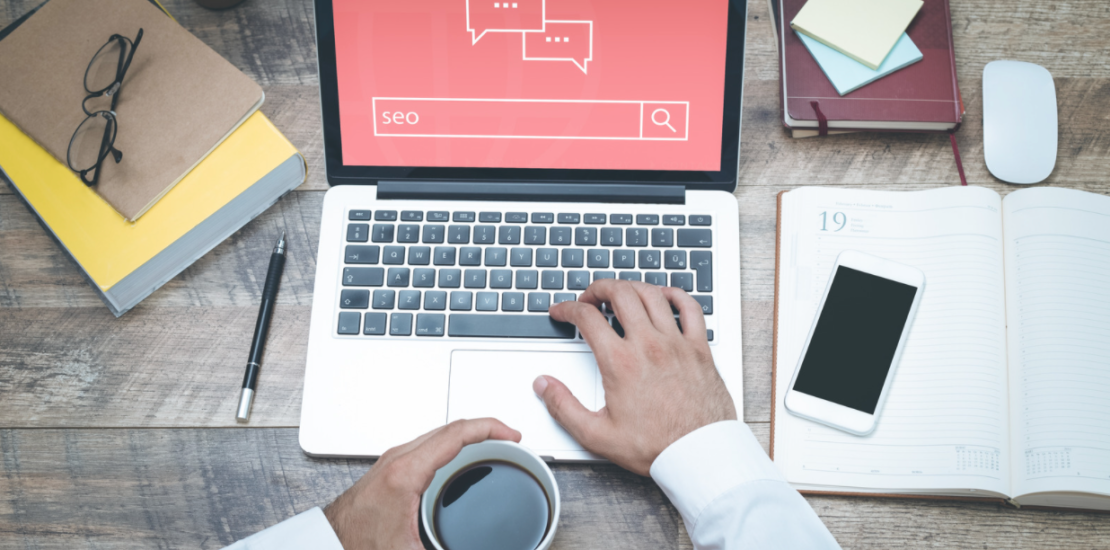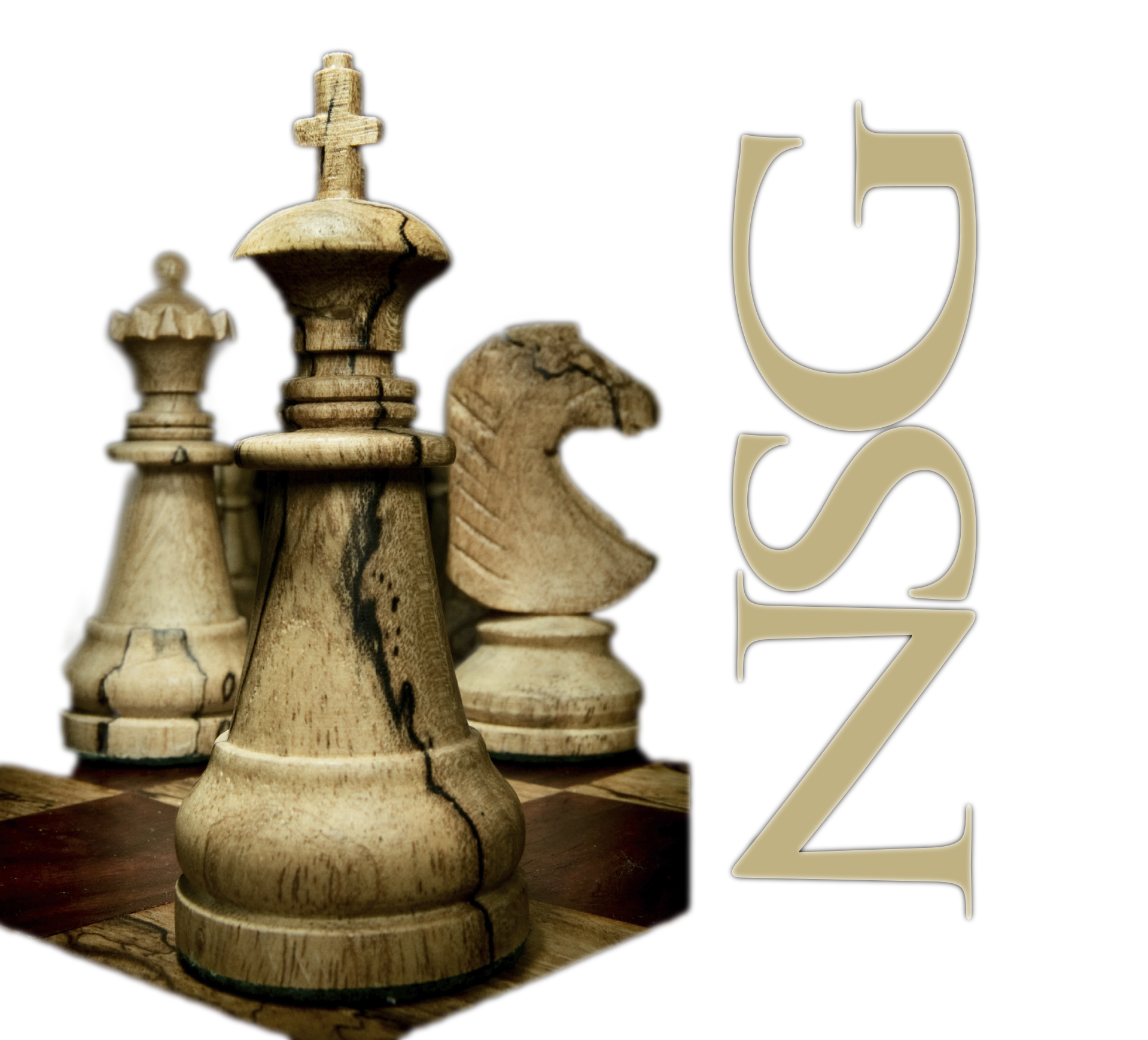- September 23, 2021
- Posted by: NSG Consulting
- Categories: Digital, Marketing, SEO, Social Media, Uncategorized

First things first. Without proper image optimization, you are wasting a valuable asset in SEO. Over 20% of all U.S. web searches are on Google Images, according to Jumpshot. Image optimization carries many advantages including faster page load times, better user experience, and ranking opportunities. It only takes a couple of steps to ensure quality SEO practices that can eventually guide your website towards higher rankings on search engines.
As I mentioned above, there are many benefits to prioritizing your image optimization. Let’s discuss this in more depth.
What can image optimization do for your website (and for SEO)?
- With faster upload speeds, it can reduce your bounce rate and improve your site retention.
- It can improve your keyword ranking
- It helps with reverse image search (Google Reverse Image Search helps you quickly discover visually similar images from around the web)
- It helps with faster page loading times which is a large factor in Google rankings
Five Tips to improve Image optimization SEO
Here are a few tips that can help you achieve these goals listed above and that are easy to apply on every type of website, even wordpress!
1. Pick the best image format – JPG or PNG
– PNG: Produces better quality photos but results in a larger file size.
–JPEG: You might lose image quality but you can always adjust it
– JPG: Produces good quality images that aren’t heavy in terms of file size. However, with these types of images, you’ll lose some minor image details permanently. JPG is the preferred format for uploading speeds.
2. Make sure your photos are sized accordingly
These are some of the most common image sizes for the web. Source for information: Shutterstock
1920 x 1080 pixels
This standard image size is widely seen across high definition TVs, presentations, and social media cover photos. It follows the 16:9 aspect ratio.
1280 x 720 pixels
This size follows the standard HD format featured in photography and film. It fits the 16:9 aspect ratio.
1080 x 1080 pixels
You’ll see this 1:1 ratio image size used widely across social media, namely Instagram and Facebook posts.
3. Compress your Images
Compressing your images will result in a faster uploading speed and overall user experience. Who wants to sit there waiting for 30 seconds for an image to load? This will improve your bounce rate. Use sites such as Use https://tinypng.com/ to help with this process.
4. Name your Images correctly
The best way to name your images for a chance of a higher ranking is to name it as such: Seo-Image-Optimization-Tips.jpg
5. Write Alt Text
I can guarantee you this is everyone’s least favorite thing when it comes to uploading images and optimizing their SEO. As much of a hassle this part of the process might be, it is absolutely necessary. When images don’t load correctly the alt text will allow users to see what the image was supposed to be. This step is also important in improving key word ranking and hiring your chances on Google.
Let these be your five key takeaways and steps to help you get started on your image optimization journey. Best of luck on your journey to a higher Google ranking! Happy Optimizing!
